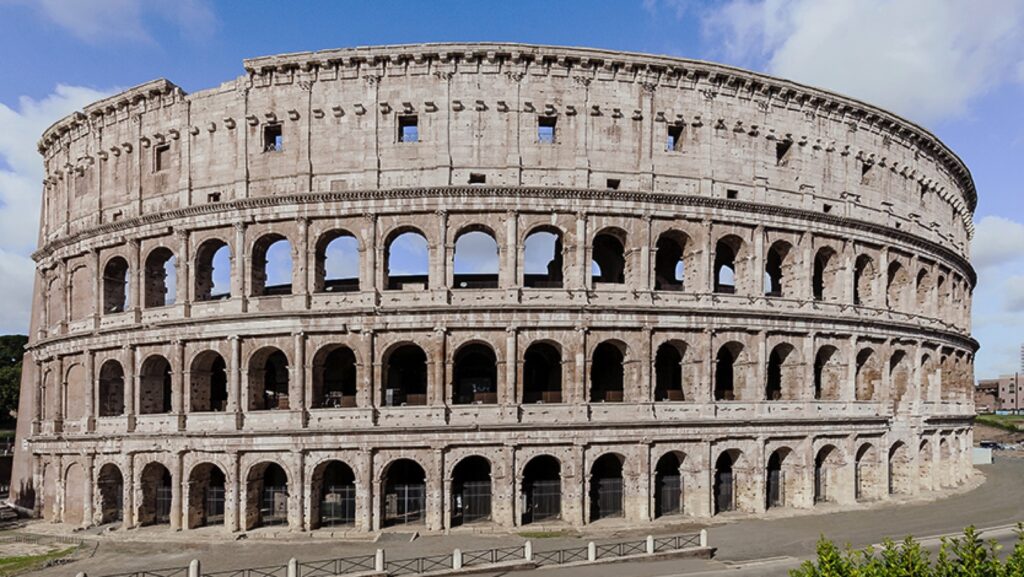 The amphitheatre is a typical building of Roman public architecture, constructed in circular or elliptical brickwork with various steps built upwards. The meaning of the name corresponds to a circular space, around the central arena, intended for the audience of spectators. Because of its structure and function, the amphitheatre differs from the Roman theatre, which is semicircular in shape and closed by a stage on the straight side of the diameter.
The amphitheatre is a typical building of Roman public architecture, constructed in circular or elliptical brickwork with various steps built upwards. The meaning of the name corresponds to a circular space, around the central arena, intended for the audience of spectators. Because of its structure and function, the amphitheatre differs from the Roman theatre, which is semicircular in shape and closed by a stage on the straight side of the diameter.
While the theatre was used for performances of comedies or tragedies of classical tradition for a more select audience, the amphitheatre was intended for mass performances: gladiator games, called munera, or the venationes, fights between men and fierce beasts captured in the vast territories of the Empire, in Asia and Africa.
The most famous amphitheatre in Rome is the Colosseum, which could hold up to 50 thousand seated spectators. It was originally called the Flavian Amphitheatre, because it was finished under the Emperor Vespasian (Titus Flavius Vespasianus). It was later given the current name of Colosseum, because of the colossal bronze statue of the Emperor Nero located nearby, downstream of the Domus Aurea.